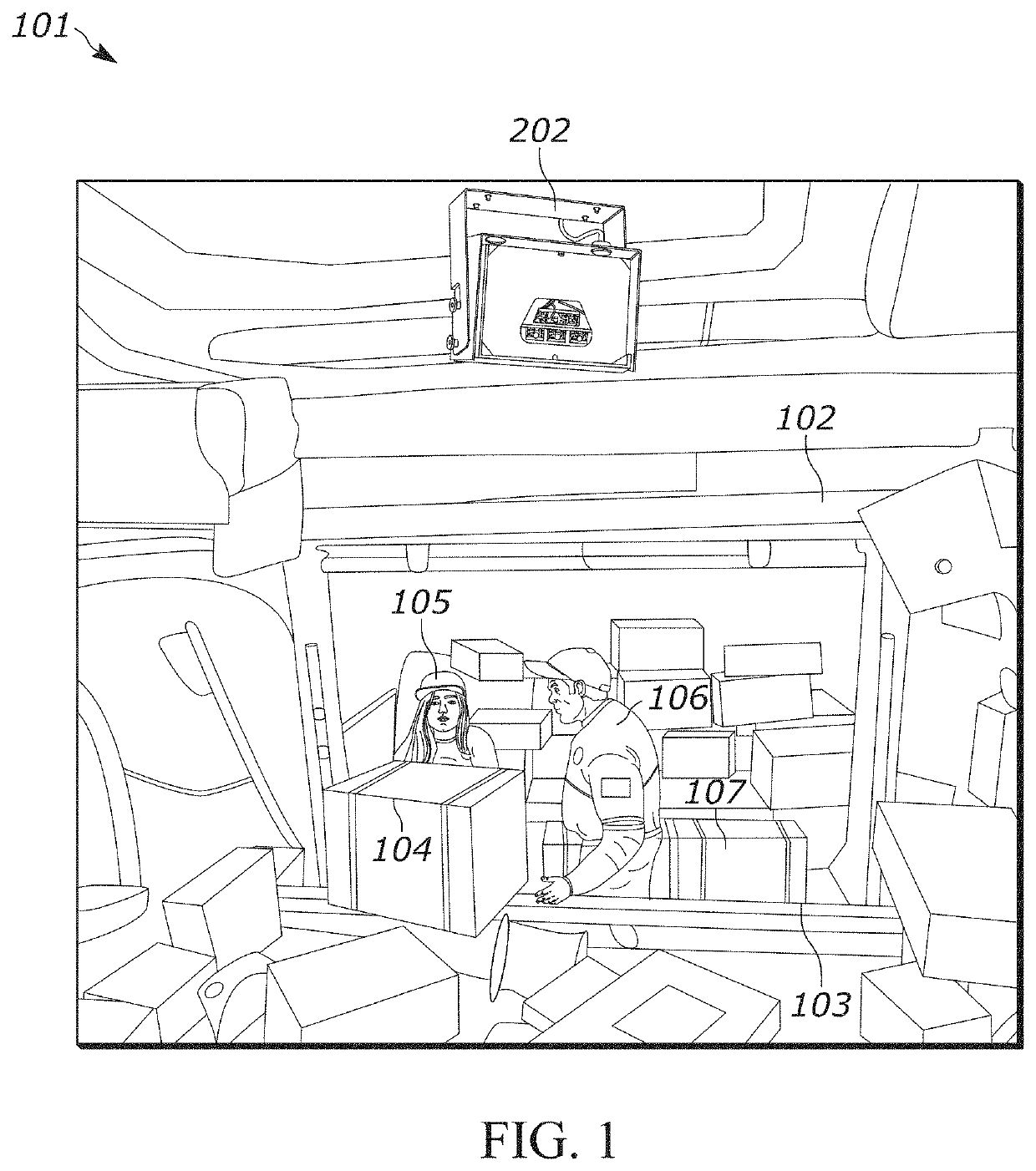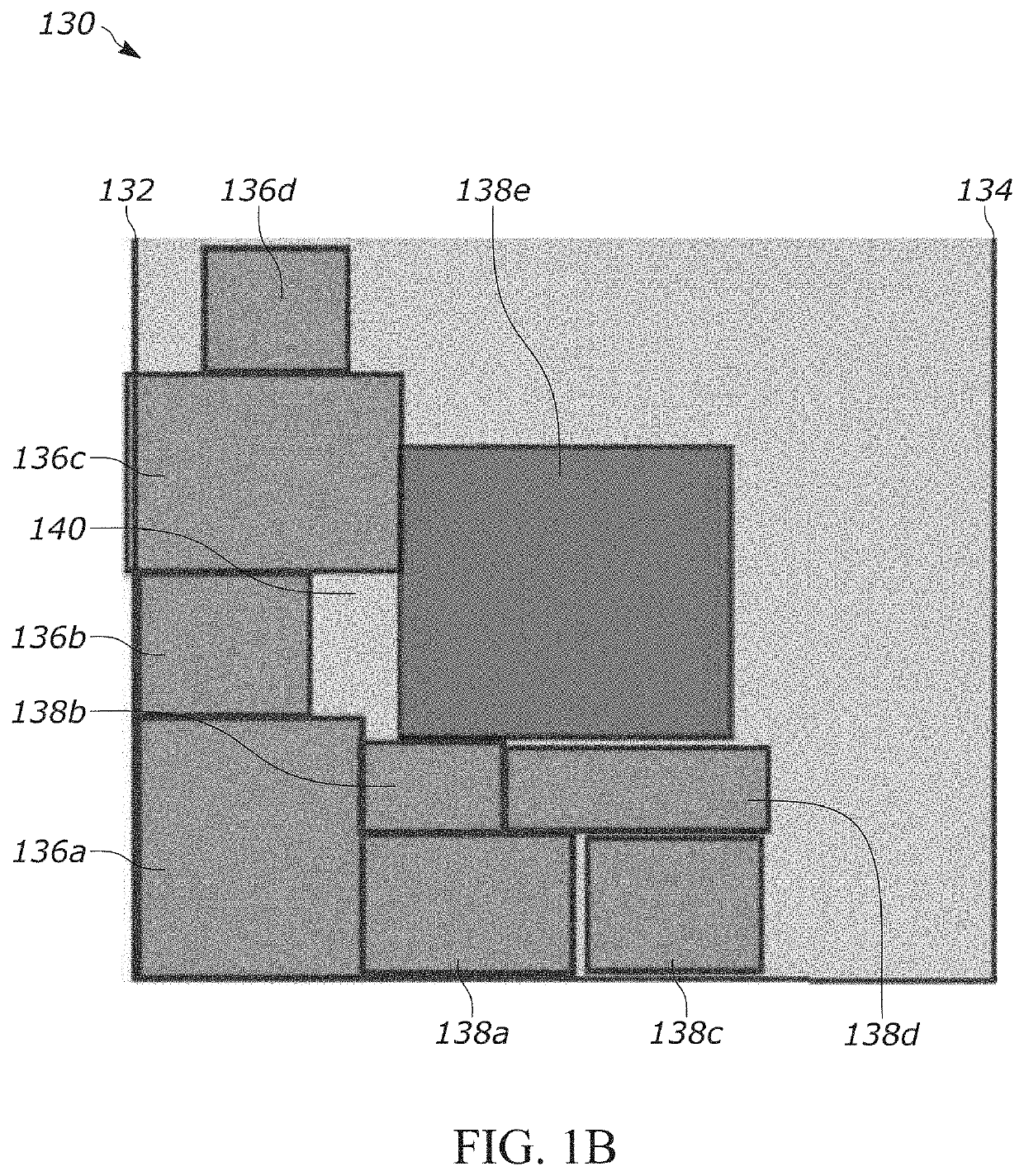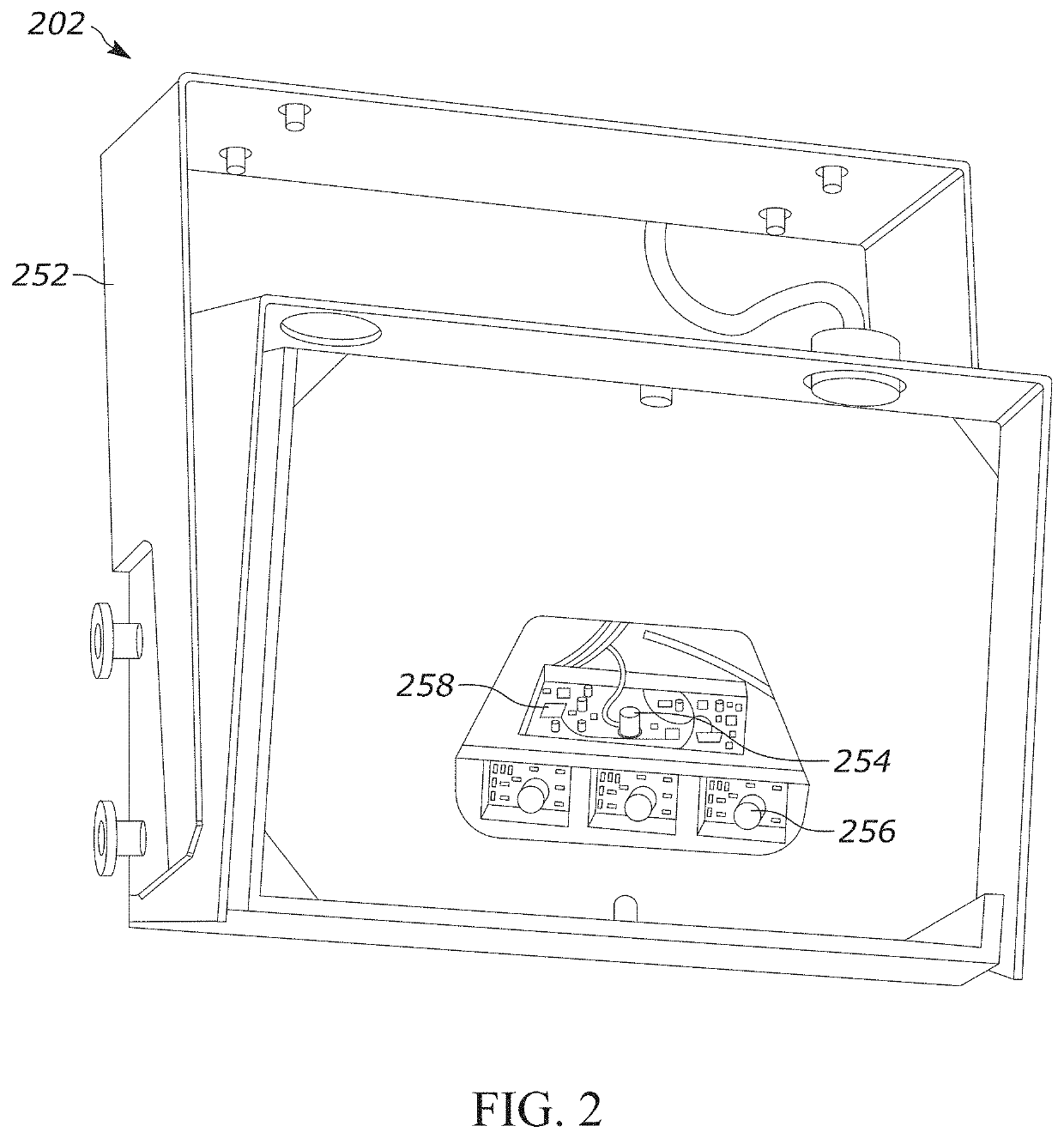Methods for calculating real time package density
a technology of real-time package density and method, applied in the field of methods for calculating real-time package density, can solve the problems of lack of real-time package scans, inability to assess the real-time package density within an uld, and traditional methods consistently fail to provide accurate real-time package density measurements
- Summary
- Abstract
- Description
- Claims
- Application Information
AI Technical Summary
Benefits of technology
Problems solved by technology
Method used
Image
Examples
Embodiment Construction
[0032]Generally speaking, shipping companies seek to accurately and efficiently detail the load status of each container for which they are responsible. Many companies incorporate imaging systems to provide this analysis (e.g., LMUs). However, these traditional imaging systems suffer from a number of drawbacks, such as being unable to effectively determine ULD package density for ULDs placed within the system's field of view (FOV). For example, package scans are presently required to give the volume of the packages loaded, which is then divided by the fullness. However, this procedure requires customer integration and does not include real-time package scans. As a result, the traditional imaging systems and methods fail to provide accurate or real-time package density determinations.
[0033]Consequently, the methods / systems of the present disclosure provide solutions to the ULD package density assessment problems associated with the traditional systems. Namely, the present disclosure ...
PUM
 Login to View More
Login to View More Abstract
Description
Claims
Application Information
 Login to View More
Login to View More - R&D
- Intellectual Property
- Life Sciences
- Materials
- Tech Scout
- Unparalleled Data Quality
- Higher Quality Content
- 60% Fewer Hallucinations
Browse by: Latest US Patents, China's latest patents, Technical Efficacy Thesaurus, Application Domain, Technology Topic, Popular Technical Reports.
© 2025 PatSnap. All rights reserved.Legal|Privacy policy|Modern Slavery Act Transparency Statement|Sitemap|About US| Contact US: help@patsnap.com



